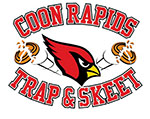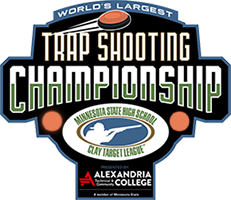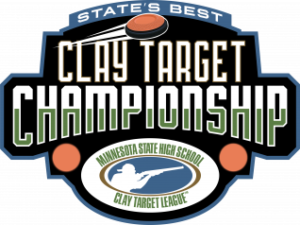FAQs
1. How old do you need to be to shoot trap and skeet?
Firearm safety certificates become valid once you turn 12, therefore students in 7th grade who are at least 12 years old are able to join the trap and skeet team.
2. Where do you practice and compete?
We practice and compete at Beaverbrook Tri County Sportsmen’s Club in Cedar, MN. Just north of the intersection of Viking Blvd and Hwy 65.
3. Is transportation provided to Beaverbrook Gun Club?
No, you will need to provide your own transportation to Beaverbrook for all practices and competitions. Guns are not allowed on school premises, so students must go home after school, get their equipment and then go on to practice/compete.
4. What days do you practice and compete?
Both practice and competition days are generally on Tuesdays at 5pm ( 4:00pm for skeet)at Beaverbrook Gun Club. That schedule can change pending lane availability with Beaverbrook. Final days/times will be announced prior to registration each season.
5. What is required to shoot trap and skeet?
Not much. First and most importantly, you need your MN State Firearm Safety Certificate. As for equipment you will need a gun, eye and ear protection, shell pouch or vest, ammo, and closed toed shoes. A full check list is availble on our REQUIREMENTS page.
6. What is the difference between fall and spring league?
Fall league is only 7 weeks with no state competition. Spring league is 8 weeks with a state tournaments held in Alexandria, MN (trap) and Prior Lake, MN (skeet) in June.
7. What are the State Tournaments?
Every June, all the teams from each division come together to shoot side by side in 1 day of competition. Each shooter will shoot 4 rounds of 25. The best score wins the division. Each tournament takes place over multiple days, with each division being assigned 1 day after the schedule is set. Those schedules are usually released in May.
To find out more about the state clay target tournaments, please visit the links below:
8. What is your weather policy?
In the event of inclement weather before or during League events, coaches should make safety their first priority.
- When lightning is observed or thunder is heard, the event must be suspended.
- The occurrence of lightning or thunder is not subject to interpretation or discussion. Lightning is lightning; thunder is thunder.
- Athletes and support personnel shall be moved to appropriate indoor facilities.
- Athletes shall not return to the field until lightning has been absent from the local sky and thunder has not been heard for 30 minutes.
- Spectators shall be advised of the action being taken to seek shelter. If the event is cancelled, the event may be rescheduled within the same week or the Reserve Week score must be used.


